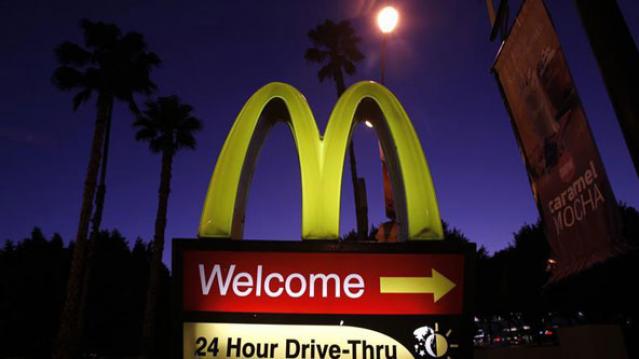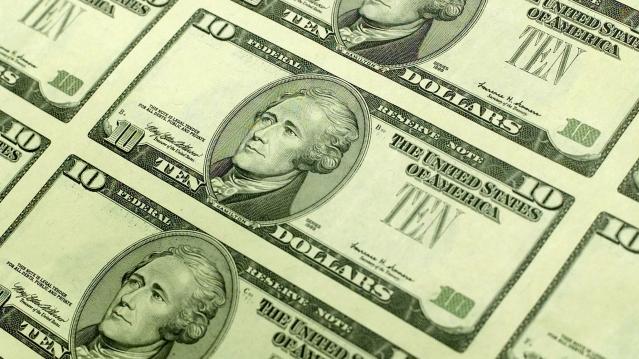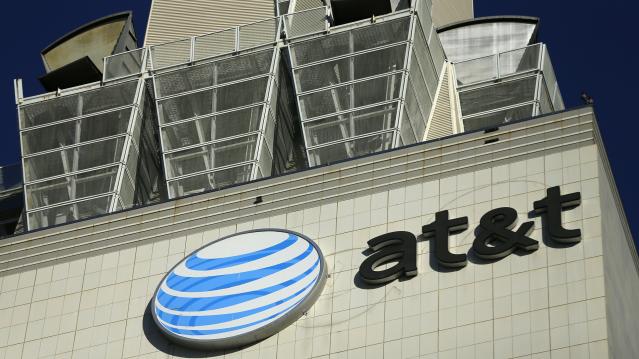Home Buying Gets Easier as Down Payments Dip

One hurdle to first-time homebuyers is starting to get a little lower: The average down payment for a home fell to less than 15 percent in the first quarter of 2015 to its lowest level since early 2012. The average down payment for the quarter was $57,710, according to RealtyTrac.
The lower down payments reflect new loan programs recently introduced by Fannie Mae and Freddie Mac, and lower insurance premiums for Federal Housing Authority Loans. The market is also adjusting as large, institutional investors who had been buying starter homes as rental investments dial back.
Related: U.S. Homeownership Dips, But Household Formation Rises
“Down payment trends in the first quarter indicate that first-time homebuyers are finally starting to come out of the woodwork, albeit gradually,” RealtyTrac vice president Daren Blomquist said in a statement.
Broken down by type of loan, the average down payment for conventional loans was 18.4 percent ($72,590), and the average down payment for FHA loans was just 2.9 percent ($7,609). FHA loans as a share of all mortgages increased from 21 percent in January to 25 percent in March.
Among the country’s largest counties, Wayne County in Detroit, Mich., had the lowest average down payment (12 percent), and New York had the highest (37 percent).
While lower down payments are good news for first-time homebuyers, they also are a reminder of practices that led to the housing bubble that began to burst in late 2006 and contributed to the financial crisis. During the height of the boom, buyers were able to purchase homes that they couldn’t really afford by putting little or no money down on the property.
Science Confirms: Watching Online Cat Videos Is Good for You

Looking at Grumpy Cat’s underbite and feline dwarfism just might just make you feel better about your bratty kid, your nagging spouse or your demanding boss. That’s right, according to a new study published in the journal Computers in Human Behavior, watching cat videos online reduces our negative feelings while raising our sense of well-being and boosting our energy levels.
Grumpy Cat, whose real pet name is Tardar Sauce, shares a manager with fellow YouTube stars Keyboard Cat and Nyan Cat. Last we checked, the famous feline had 7.7 million Likes on Facebook. In all, more than 2 million cat videos were posted on YouTube last year, gathering nearly 26 billion views. Cat videos had more views per video than any other category of YouTube content. That makes kittens more valuable eye candy than, say, Maxim’s Hot 100. (Taylor Swift topped the list this year, just in case you were wondering.)
Related: The Internet Power of Kim Kardashian’s Butt
For the new study, Jessica Gall Myrick, an assistant professor at the Indiana University Media School, surveyed nearly 7,000 Internet users about how watching cat videos affects their moods. She got a little help from Bloomington, Indiana resident Mike Bridavsky — the owner of Internet celebrity cat Lil Bub — who used social media to recruit participants for the survey.
The results should make you feel a bit less guilty about clicking through one cat video after another: “Even if they are watching cat videos on YouTube to procrastinate or while they should be working, the emotional pay-off may actually help people take on tough tasks afterward,” Myrick says.
Don’t think watching cat videos online is a pop culture phenomenon worthy of academic research? Myrick disagrees: “If we want to better understand the effects the Internet may have on us as individuals and on society, then researchers can’t ignore Internet cat videos anymore.”
Read the original paper on emotion regulation procrastination, and watching cat videos online here.
McDonald’s Slims Down in the U.S. for the First Time

For the first time in at least 45 years — and maybe the first time in its history — McDonald’s says that this year it will close more restaurants in the U.S. than it opens.
An Associated Press review of McDonald’s filings with the Securities and Exchange Commission found that the company hasn’t slimmed down the number of restaurants it operates in the U.S. since at least 1970. McDonald’s as we know it was founded in 1955 and grew quickly in its early years, making it likely that 2015 will be the first time it takes down more Golden Arches than it puts up in the U.S.
Related: Why Chipotle Wants to Give Its Workers More Than a McJob
McDonald’s does shutter underperforming locations every year, but up until now the number of closings has been outweighed by new openings. The world’s biggest hamburger chain has been struggling to grow sales as consumers turn to chains like Chipotle and Five Guys Burgers and Fries, which market themselves as serving better food and ingredients.
McDonald’s is still growing globally, though. It has about 36,000 locations across the globe and plans to expand that total by about 300 this year. In addition, the chain is still indisputably the country’s largest hamburger chain, with more than twice as many restaurants as its main rival, Burger King.
McDonald’s spokeswoman Becca Hary told the AP that relative to the roughly 14,300 U.S. locations, the net reduction in U.S. stores would be “minimal,” though she declined to give an exact number.
More Money Coming Out of 401(k)s Than In

The amount of money withdrawn from 401(k) plans exceeded the amount contributed to the retirement funds for the first time in 2013, according to a report in The Wall Street Journal.
The shift reflects demographic changes as more Baby Boomer retire from the workforce and begin tapping their savings, and young millennial workers put smaller amounts in.
Consumers may benefit from the trend as fund managers begin cutting fees and changing services in order to entice young workers to sock away more. “It changes the dynamic of the business itself,” J.P. Morgan Chase analyst Ken Worthington told The Journal.
Related: Here Are 7 Ways People Screw Up Their 401(k)s
Company-sponsored 401(k) plans had $4.6 trillion in assets last year, according to the Investment Company Institute.
The average 401(k) balance at the end of the first quarter was $91,800, up 0.5 percent from the fourth quarter of 2014 and up 3.6 year-over-year, according to Fidelity. For employees in a plan for 10 years or more, the average balance was $251,600, up 12 percent year-over-year.
Workers can contribute up to $18,000 in pre-tax dollars to their 401(k) plans in 2015, but most workers—especially younger ones—save far less each year. There are lots of reasons millennials are lagging in retirement savings: large numbers of them are still unemployed or underemployed in jobs that don’t have retirement benefits, and they’re diverting all their extra cash to student loans. Plus, retirement may not be top-of-mind for 20-somethings, no matter how many times they hear about the benefits of compound interest.
Why a Woman Will be on the $10 Bill and Not the $20

The announcement that the Bureau of Engraving and Printing will add a woman to the portrait of Alexander Hamilton on the $10 bill has stirred a lot of conversation as to why the Treasury was not redesigning the $20 bill instead.
It turns out there is a very simple explanation: The move is based on recommendations from the Advanced Counterfeit Deterrence (ACD) Steering Committee.
Related: The Best Bank in Every Region Across America
"Currency is redesigned to stay ahead of counterfeiting," the US Treasury says. "The ACD Steering Committee recommended a redesign of the $10 note next. The ACD will make its next recommendation based on current and potential security threats to currency notes."
The ACD bases those recommendations on the "current and potential security threats to currency notes," and it turns out that the $10 bill is at a greater threat of being counterfeit than the $20 bill.
Secretary of the Treasury Jack Lew announced the change in a statement on YouTube: "I'm proud to announce today that the new $10 bill will be the first bill in more than a century to feature the portrait of a woman.”
Hamilton will share the note with a woman who Lew is expected to choose by the end of the year. The new bill will enter circulation after 2020.
This article originally appeared on Business Insider.
Read more from Business Insider:
Fitbit opens up 52%
Why people are angry about the $10 bill change
The 'Tesla of scooters' is finally available and it looks incredible
FCC Slaps AT&T with $100 Million Fine for Throttling Internet Users

The FCC on Wednesday slapped AT&T hard, proposing a $100 million fine — the largest the agency has ever handed down — for what it described as the phone and broadband giant’s misleading customers about its “unlimited” data plans.
At issue is the practice of “throttling,” or limiting download and upload speeds for some users on those data plans.
Related: John Oliver Just Won the Net Neutrality Battle
AT&T’s throttling policy had been in place since 2011, according to an FCC statement, and it led to a barrage of complaints to the agency. AT&T targeted users who surpassed a certain data threshold over the course of a month, and consumer complaints argued that AT&T’s limiting of download speeds was directly at odds with the nature of the marketed “unlimited” plans.
AT&T, which is also pursuing government approval of its pending acquisition of DirecTV, says it will “vigorously dispute” the decision. In a statement, the company said that its practice is well documented and shared by many — if not all — service providers, and a legitimate method of managing their network’s resources. The FCC disagrees, claiming that AT&T violated transparency rules by falsely calling these plans unlimited.
"Broadband providers must be upfront and transparent about the services they provide,” said FCC Chair Tom Wheeler in a statement. “The FCC will not stand idly by while consumers are deceived by misleading marketing materials and insufficient disclosure."
Related: The Net Neutrality Debate Explained
AT&T has 30 days to respond before the FCC issues its final decision.
The Federal Trade Commission sued AT&T for $3.5 million in October last year, for the same alleged violation. That case is still ongoing.
